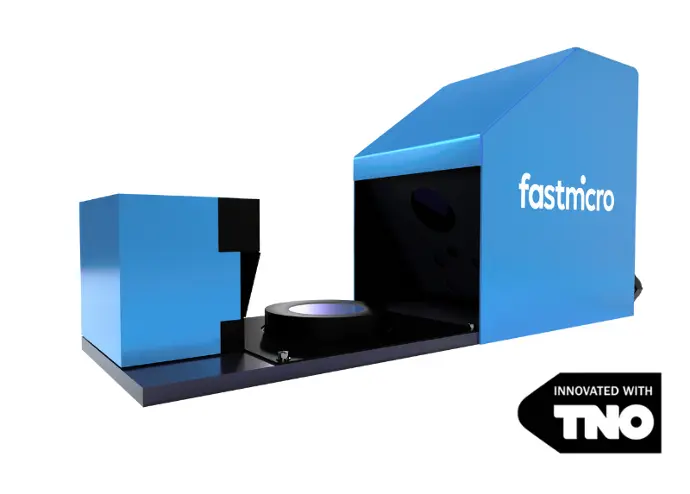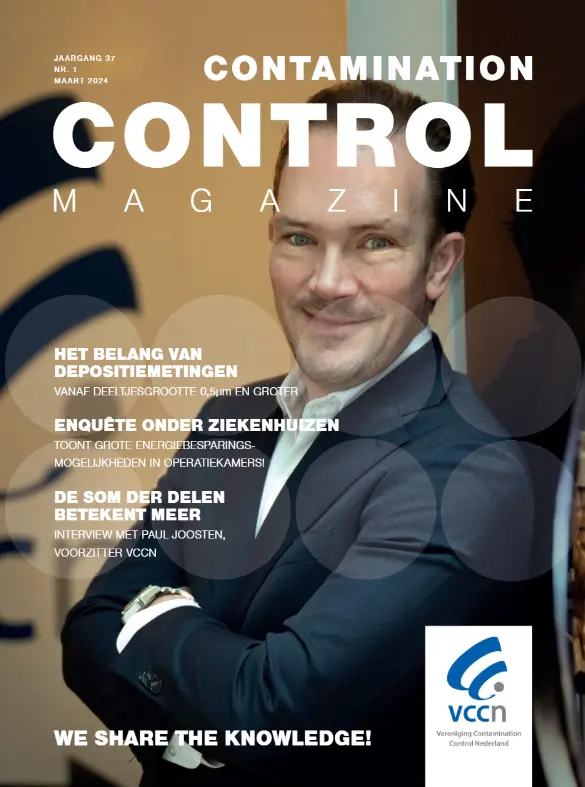As the demand for product cleanliness grows, more processes need to occur in cleanrooms and be validated. However, it's crucial to understand that a validated cleanroom does not guarantee a clean product.
Current Practices and Challenges
To monitor particle cleanliness, airborne particle counters (APCs) are commonly used, adhering to ISO 14644-3:2019. These helps classify cleanrooms according to ISO 14644-1:2015, ensuring the environment meets specific standards. A significant challenge is establishing, validating, and monitoring similar standards for cleanroom surfaces and the products produced. Over time, particles settle through various mechanisms like gravity, turbulent deposition, electrostatic attraction, or Brownian diffusion.
Measuring Particle Deposition
To quantify product specifications and validation, particle deposition measurements are essential. They provide crucial insights into the correlation between environmental cleanliness and product cleanliness, aiding in designing appropriate processes. Currently, some equipment can produce such data. However, unlike APCs that measure concentrations of particles from 0.5µm, most equipment measuring surface concentrations does not detect particles smaller than 5µm.
Expanding the Measurement Range
New equipment now allows particle deposition measurements with the same sensitivity as APCs. Fastmicro's Particle Fallout Scanner, based on patented TNO technology, quantifies how many airborne particles of 0.5µm and larger settle on product surfaces. This equipment is practical, with short measurement intervals and usability by both operators and specialists.

Fastmicro Particle Fallout Scanner
- Lower Detection Limit of 0.5 µm and up
- Monitoring according ISO 14644-17
- Measurement of >10s time-intervals
The Relevance of Expanding the Measurement Range
A comprehensive study by a renowned OEM on particle deposition in cleanrooms revealed that particles smaller than 5µm also settle significantly. These small particles can cause defects and rejection, making particle deposition measurements from 0.5µm highly relevant. The 2021 ISO 14644-17 introduced classifications for particle deposition rates (PDRL), allowing deeper insights into cleanroom particle concentrations and deposition.
Want to ensure your cleanroom meets the highest cleanliness standards?
Contact us today to learn more about our advanced particle deposition measurement solutions!
How to Use This Equipment
The Fastmicro Particle Fallout Scanner allows continuous measurements, providing data on surface contamination over time. Witness samples can also be used to determine particle deposition rates, with further analysis possible using techniques like optical microscopy or SEM/EDX.
Applications
Designing for Cleanliness:
During research and design, the impact of product and process characteristics on cleanliness can be studied. Deposition measurements help establish product specifications and align them with necessary exposure times.
Process Optimization:
Deposition measurements contribute to process optimization by identifying and adjusting critical steps based on particle deposition.
Cleanroom Monitoring:
Continuous deposition measurement equipment complements APCs, monitoring whether particle deposition rates meet standards and alerting personnel if limits are exceeded.
Process Monitoring:
By placing devices in relevant locations, particle deposition over time can be tracked, identifying peaks and their timing.
Root Cause Analysis:
If standards are exceeded, investigations can determine the cause using time-based measurements and witness samples, with further analysis possible using optical microscopy or SEM/EDX.
Advancements in particle deposition measurements enhance our understanding of surface contamination in clean environments. Combined with the drive for cleaner products, we now have the tools to make significant strides, driven by data from the (clean) production floor.
References:
[Ref 1] Whyte, W., Agricola K., and Derks M., Airborne particle deposition in cleanrooms: Deposition mechanisms, Clean Air and Containment Review, Issue 24, October 2015.
Contamination Control Magazine
For an in-depth look at this topic, check out the full article published in the VCCN Contamination Control Magazine, March 2024 edition.

Stay Informed and Up to Date
Ready to take your cleanroom to the next level? Submit your email below to receive our exclusive guide on advanced particle deposition measurement solutions and stay updated with the latest innovations in cleanroom technology.